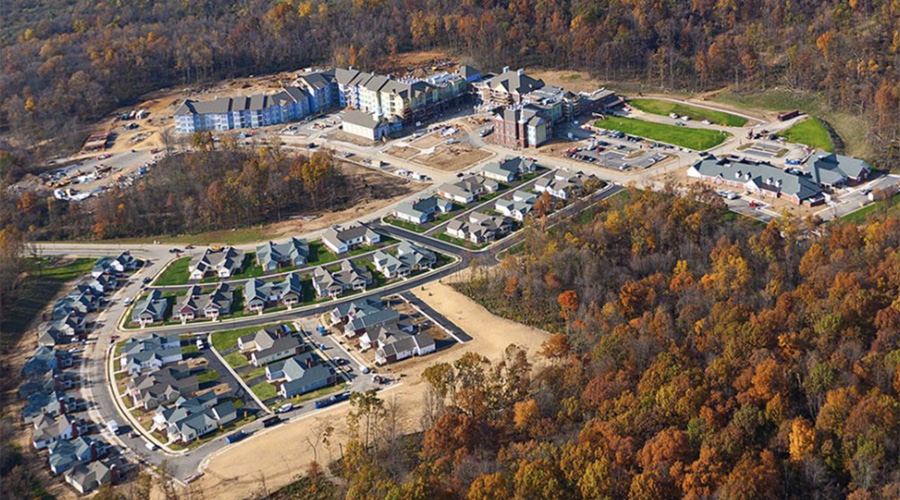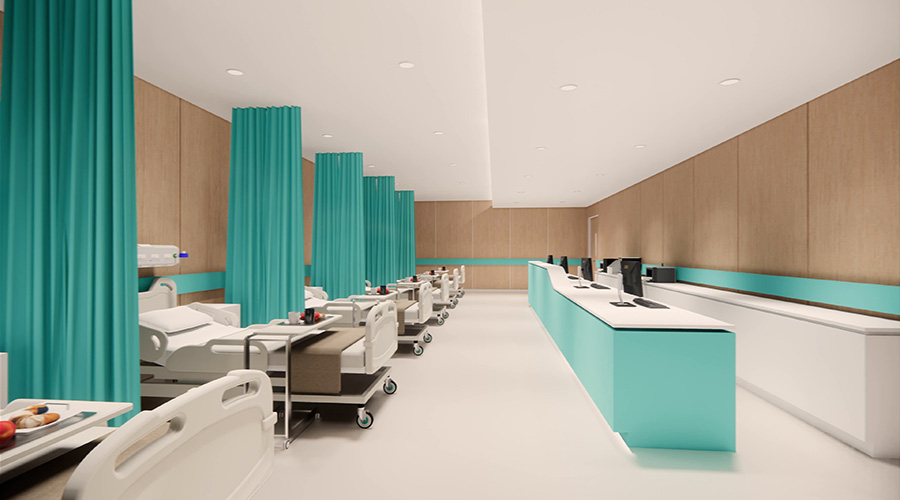MyMichigan Health recently confirmed the presence of low levels of Legionella bacteria in parts of the water system at its Midland medical center, following a case of Legionnaires’ disease in a former patient, WNEM reports. No additional cases have been reported in patients or staff.
Hospital officials say they are working with state and local health departments on mitigation efforts, including water system testing and filtration. Legionella is naturally occurring and not limited to hospitals. Michigan typically sees over 100 such investigations every year.
Related Content: Preventing Legionella Bacteria Proliferation in Water Heaters
Healthcare facilities face a range of vulnerabilities when it comes to Legionella, including the age of their plumbing systems, their use of warm water — a prime breeding ground for Legionella and the presence of low-flow or unused fixtures, which can create stagnant water for Legionella to grow in.
These factors combine to create a threat to vulnerable patient s. These are some best practices facility managers can follow for prevention, according to the Alliance to Prevent Legionnaires’ Disease:
- Risk assessment and management. Doing regular risk assessments helps identify possible sources of Legionella and evaluate the current control measures. Managers should develop a plan based on the findings.
- Water management plans. Effective water management plans involve monitoring water quality and controlling water temperature to prevent bacterial growth.
- Routine maintenance and cleaning. Regular maintenance includes flushing the systems and routinely cleaning high-risk spaces.
- Use of biocides and disinfectants. Approved chemicals must be used safely and effectively according to guidelines to ensure that the bacteria are eliminated.
Jeff Wardon, Jr., is the assistant editor of the facilities market.

 NLCS Strengthens Safety and Compliance with Comprehensive Electrical Program
NLCS Strengthens Safety and Compliance with Comprehensive Electrical Program Sun Valley Surgery Center Suffers a Data Breach
Sun Valley Surgery Center Suffers a Data Breach EV Charging Stations: Planning for Safety, Convenience, Expansion
EV Charging Stations: Planning for Safety, Convenience, Expansion Why Ambulatory Surgery Centers Are Turning to Dedicated HVAC Systems
Why Ambulatory Surgery Centers Are Turning to Dedicated HVAC Systems Ground Broken on UW Health University Row Medical Center
Ground Broken on UW Health University Row Medical Center